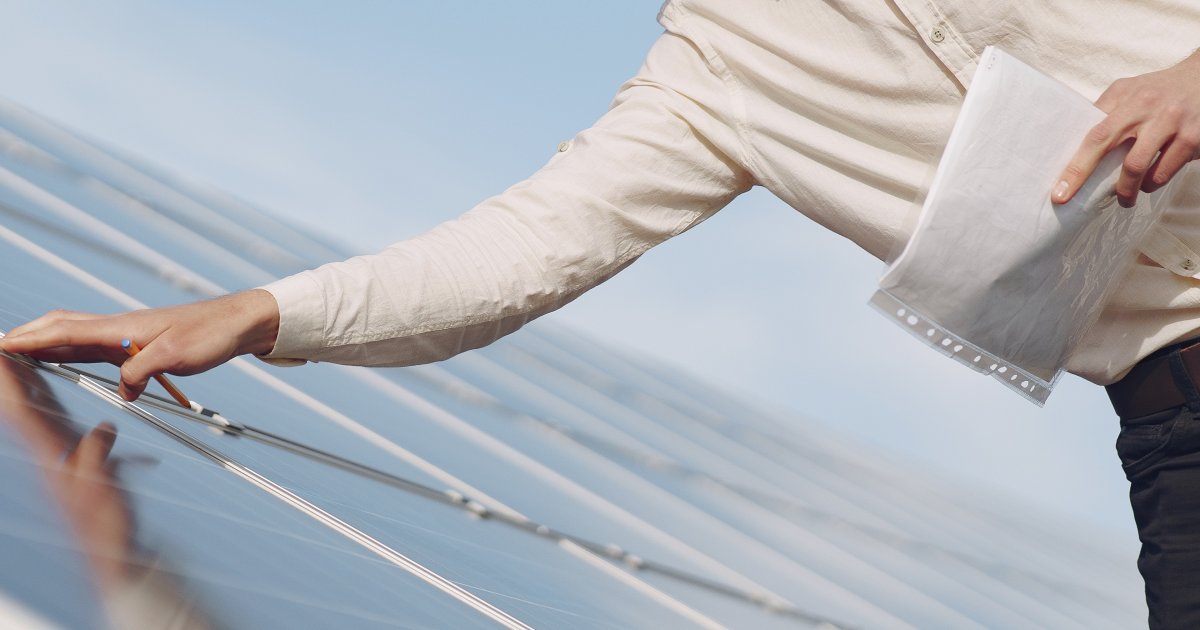
A new class of licensed electrical inspector (LEI) specialising in renewable energy installations will be introduced over the next 18 months in Victoria.
To date, Class G LEIs have been responsible for inspecting solar power and other renewable energy installations. There are currently 346 Class G inspectors licensed across Victoria.
There’s certainly plenty of work to keep them occupied. Just in terms of home solar power in Victoria, more than 31,000 installations have occurred this year to the end of August 2022. Last year, there were around 83,000; which would work out to an average of 240 inspections per LEI.
In addition to their solar and other renewables work, Class G LEI inspectors can undertake inspections of any low voltage installations, except for those required under Class H, Class M, or Class V.
Solar inspections in Victoria have been problematic in the past at times given the installer could pick the inspector. In some cases, this was equivalent to the fox watching over the henhouse and resulted in non-compliant solar installations being passed. Problems with past and current inspection regimes have been uncovered by subsequent safety audits.
Last year, a pilot mentoring program aiming to create a better solar power system inspection regime in Victoria under the state’s Solar Homes program was implemented. It’s assumed that initiative is helping to inform the development of the new class of inspectors who will focus on renewable energies; ensuring electrical inspections are carried out correctly and comprehensively.
These inspectors won’t just be checking out solar power system installations – they will be responsible for all renewable systems, including wind, geothermal, hydro and wave technologies.
18-Month Transition Period
To be overseen by Energy Safe Victoria (ESV), the transition to this new category officially kicks off today, but the Renewable Energy licence class won’t take effect until April 2024. The new category will be added to Victoria’s Electricity Safety (Registration and Licensing) Regulations 2020.
“ESV is in the process of developing new requirements for the licensing of these inspectors, which will be introduced over the next 18 months,” said ESV Chairperson and Commissioner Marnie Williams. “We will be working closely with industry and existing electrical inspectors to ensure they have all the training they need to be able to carry out renewable energy inspections.”
Under the new system, installations already inspected and issued a Certificate of Electrical Safety by a G-class LEI will not be required to be re-inspected; although subsequent audits have and will continue to be carried out from time to time to inspect the inspectors’ work.
In July this year, Energy Safe Victoria announced renewable energies to be a key compliance and enforcement priority for the 2022-23 financial year.
“Over the next 12 months, ESV will continue to focus on traditional energies while increasing its regulation of renewable energies as the use of more sustainable power sources grow,” said Ms. Williams at the time.
According to ESV, around 56 per cent of Victorians are expected to take up new energy technologies by 2030. As at the end of August, more than 634,000 small-scale solar energy systems had been installed across the state.

 RSS - Posts
RSS - Posts



“Just in terms of home solar power in Victoria, more than 31,000 installations have occurred this year to the end of August 2022. Last year, there were around 83,000.”
Why the massive drop in installs this year (7k per month last year versus <4k per month this year)?